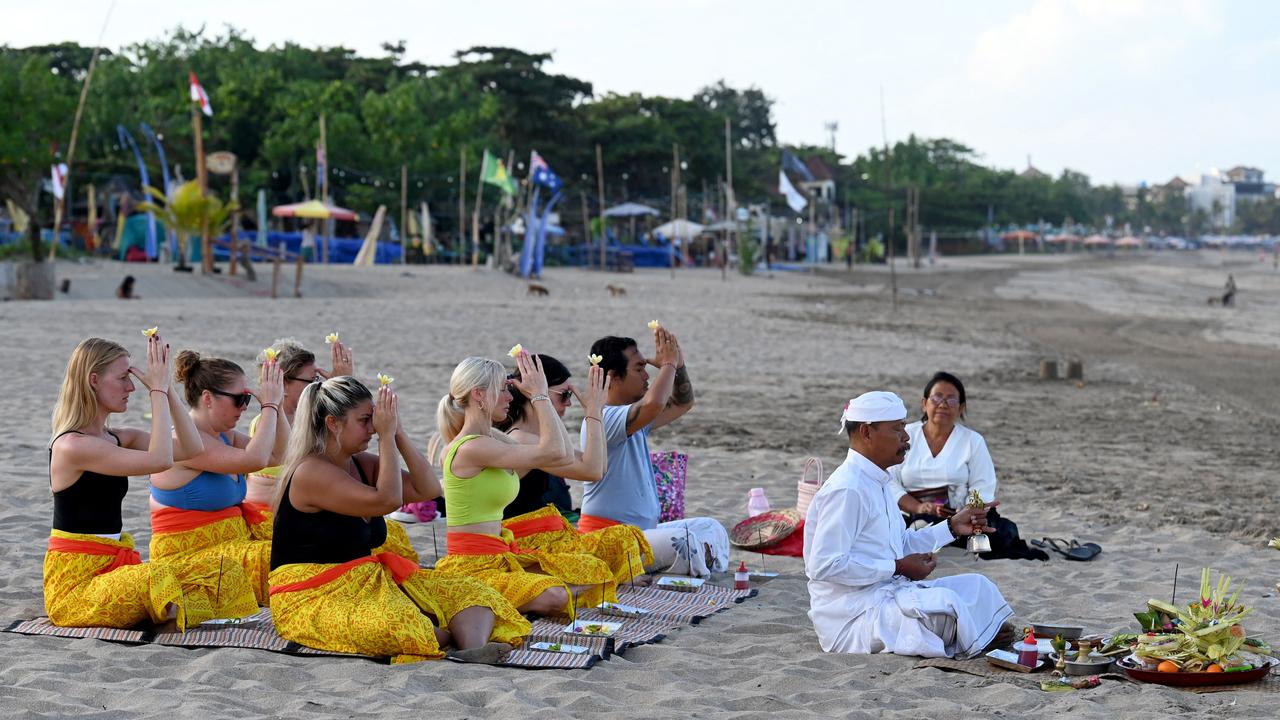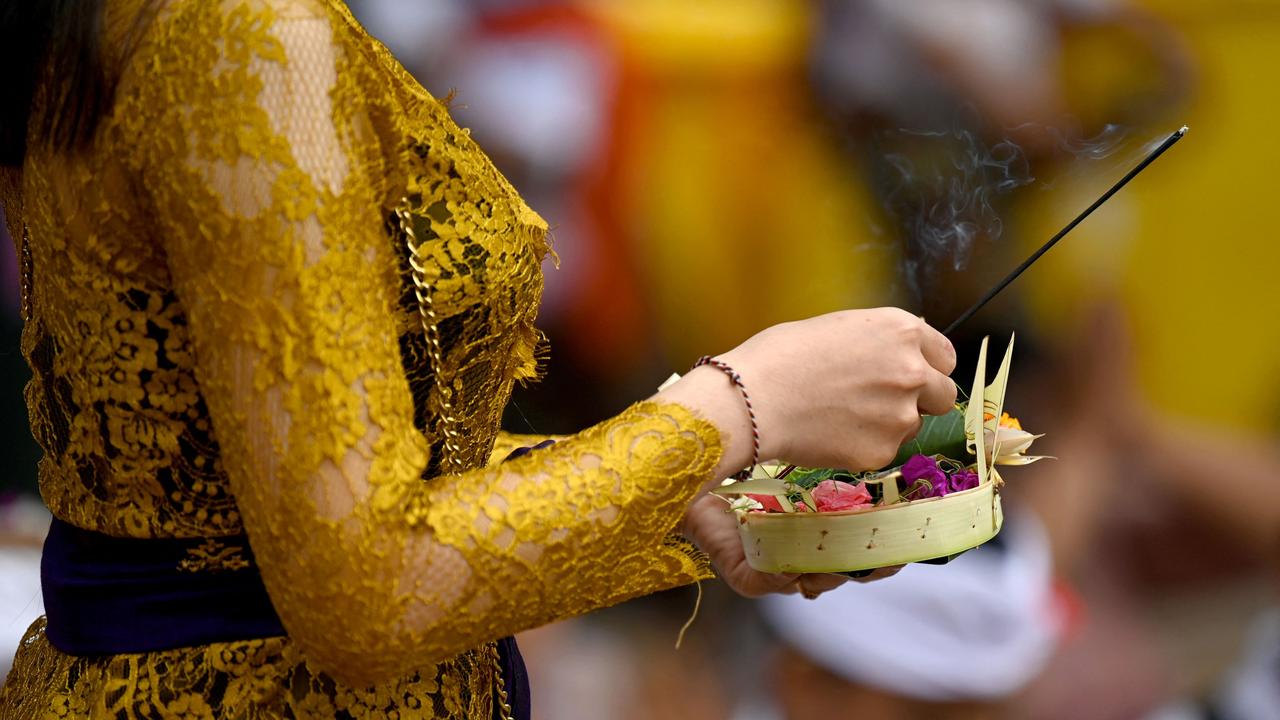Australian tourists should never do this while in Bali
There’s something many Australians don’t know about the popular holiday destination, and this tourist was stunned to learn the truth.

Visitors to Bali have been being left intrigued by a sight that can be found in various locations along the streets of the popular holiday destination.
A surprised tourist took to the Bali Bogans Facebook group in an attempt to find out what he had come across while touring the streets of the island paradise, and ended up learning a whole lot more about Bali and its locals in the process.
“Can anyone tell me what these are, keep seeing them everywhere,” the tourist asked, posting an image of two pairs of feet standing near what appears to be two bouquets of flowers on the ground.

However he never would have expected the response to his question to get so heated, as an administrator for the group had to step in to warn the Australian travellers in the group to keep calm and have some respect.
“First timers to paradise and asking a legit question,” the admin posted. “Multiple comments deleted, multiple members muted and even banned. Please don’t PM team admin asking why your muted for this post as we only have a few words … respect paradise.”
It turns out they many tourists don’t know about the significance of these flowers and the most important (mostly) unspoken rule of all – that they should not be stepped on.

An integral part of the Balinese culture and the practice of Hinduism on the island, canang saris are woven baskets containing brightly coloured items such as flowers or food, along with a small among of money.
They are placed on the street in precise locations as offerings, and are said to maintain a balance between good and bad, and please the gods.
The arrangements are selected for each Hindu god they represent, with Vishnu is represented by blue or green, white flowers are given for Iswara, red is for Brahma, and yellow is the colour for the god Mahadeva, Coconuts.co explains. However, a variety of colours may be used.
The offerings are then blessed with a prayer and the lighting of incense, carrying the essence of the offering to the gods.
Many Australians who had frequented Bali attempted to explain what canang saris are, warning the tourist to take care around them.
“Don’t stand on them, that’s disrespectful," one traveller advised.
While another said: “They’re offerings to the gods. Leave them alone! They are just about everywhere … Be careful where you put your feet but if you happen to step on them by accident, apologise”.
And a third commented: “Don’t walk over them, I’ve heard it is offensive so walk around them”.
And there was more detail from this tourist: “They are not there for the sake of decorating the place, they are there to show gratitude, so please sidestep these whenever you see them”.

Others shared their own mistakes when coming across the baskets on their travels and failing to either spot them or have seen them but didn’t realise their significance.
“They are offerings and my big clod hopper stood on one the first day of our visit last time. I’m more careful these days. I have enough sh*t luck without annoying the gods,” one said.
Another wrote: “I remember 13 years ago first time in Bali I kicked it out of my way. Didn’t know what it was”.

Another tourist remembered: “I stood on one on the first day last time and felt so bad”.
And a traveller said they apologised when it happened to them: “I have accidentally stood on some, I just put my hands together and do a little nod in apology”.
The main message to take away here, is to have respect and if you’re unsure about something when overseas, don’t hesitate to ask for guidance.



